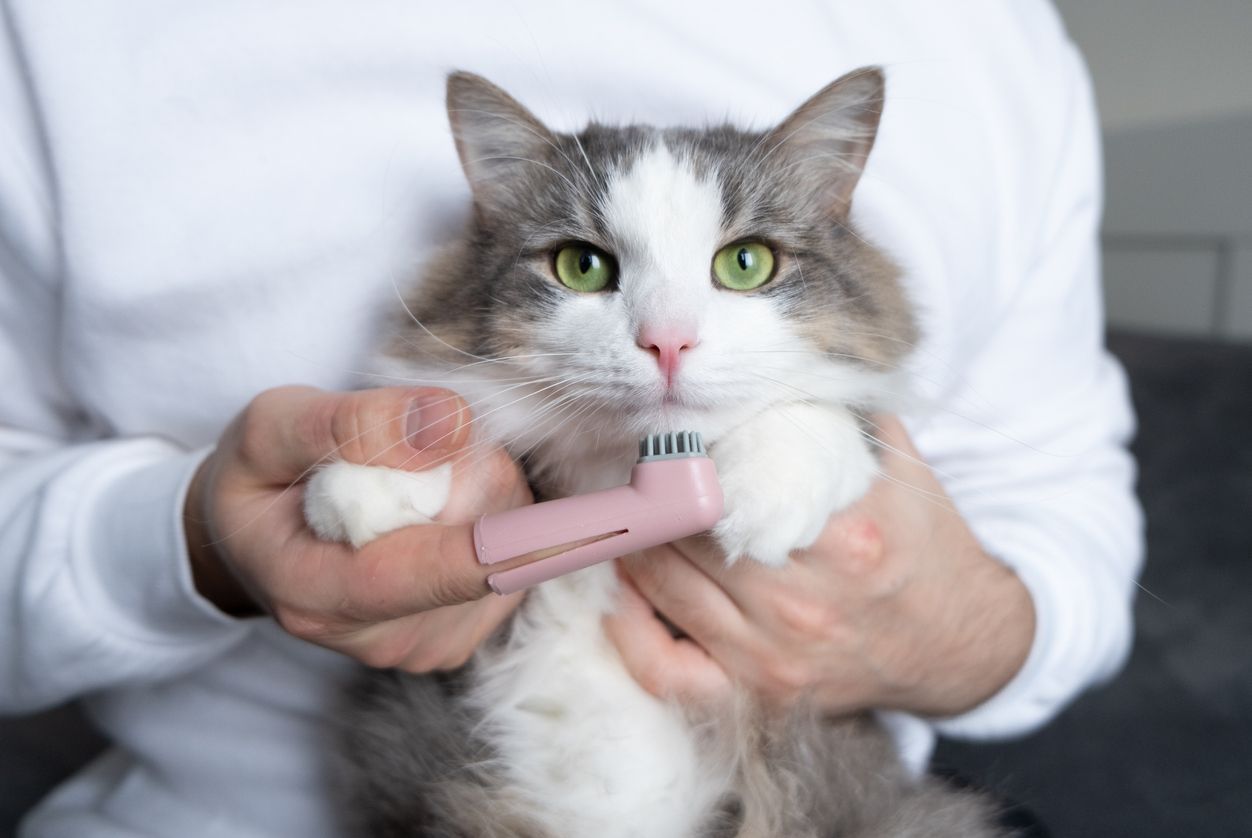How to prevent plaque and tartar buildup on your cat’s teeth
Published
on
Last updated
on
Researched by
The Vetster Editorial Team
Researched by
The Vetster Editorial Team
WELLNESS
CAT

Create a free account
Access this article plus additional benefits for you and your pet
Extensive pet health resources
Access 3,000+ veterinarian verified pet health articles
Messaging with our care team
Get answers about your pet’s health, fast.
Book 24/7 video appointments
Same-day video appointments with highly-rated veterinarians




